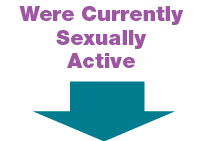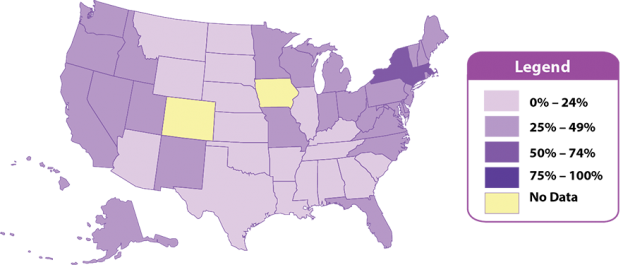CDC’s Adolescent and School Health Program Protecting our Nation’s Youth from HIV, STDs and Pregnancy
School Health Programs are Effective
CDC’s Youth HIV, STD & Pregnancy Prevention Program:
- Develops linkages between education and public health
- Delivers Quality Health Education
- Creates systems to link students to Health Services
- Establishes Safe and Supportive School Environments
For less than $10 per student, CDC programs demonstrate improvements in behaviors and experiences that put students at risk for HIV, STD and pregnancy.
CDC Support Increases Implementation of Effective Interventions
From 2014 to 2018, CDC funded school districts reported:

Increased implementation of quality Sexual Health Education to 88% of middle schools and 93% of high schools

Increased access to key youth friendly Health Services referring over 65,000 students

Increased Safe and Supportive Environments by expanding student-led inclusive clubs to 76% of schools
Together, increased implementation of these strategies led to reductions in population level sexual risk behaviors
From 2015 to 2017, CDC funded school districts saw statistically significant declines in the percentage of students who:



CDC’s Approach Improves Protective Factors and Health Outcomes
Well-implemented school connectedness strategies impact more than just sexual behaviors.
From 2014 to 2018, CDC funded districts implemented four key school connectedness strategies that led to declines in negative health behaviors and experiences among students.
- Family/community mentoring programs
- Service learning opportunities
- Student-led clubs to provide safe spaces
- Professional development for educators on classroom management

CDC Support only reaches about 8% of the 26 million middle and high school students nationwide.
Most schools are not teaching 11 key HIV, STD, and pregnancy prevention topics in a required course during middle and high school

Most schools do not provide students with on-site services or referrals to health care providers for 7 key sexual health services

Most schools do not have a student-led inclusive club

